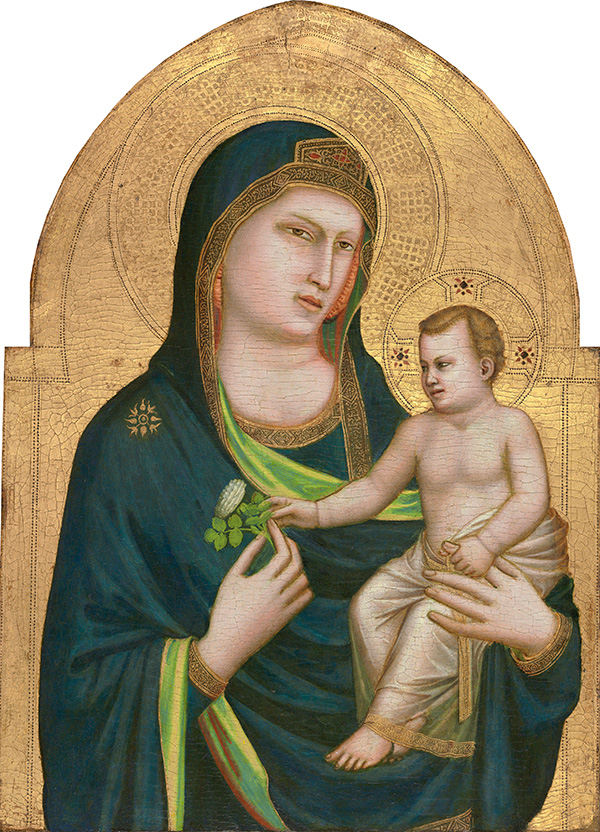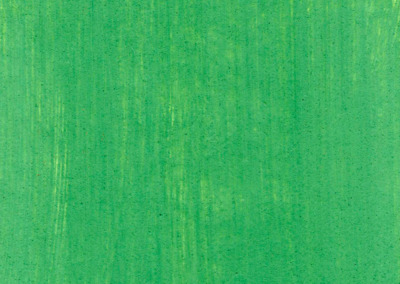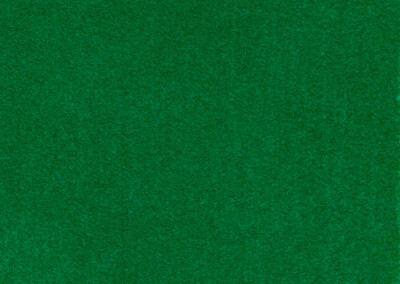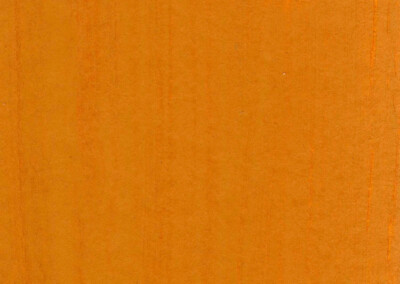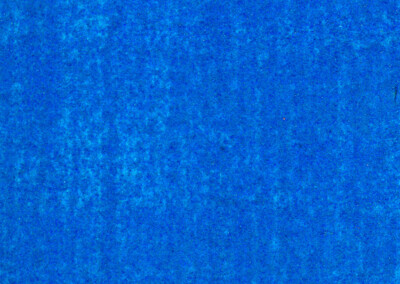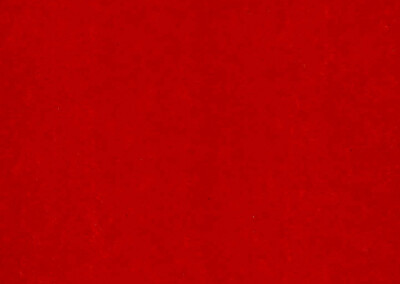Giotto, Madonna and Child
1310-15Paintings sorted by Historical period | Painter | Subject matter | Pigments used
Overview
Medium: Tempera
Support: Poplar panel
Size: 85.4 × 61.8 cm (painted surface)
National Gallery of Art Washington
Inventory number: 1939.1.256
Quote from the description of the painting at the website of The National Gallery of Art in Washington.
“Painted during the latter part of Giotto’s career, the Madonna and Child was the central part of a five-section polyptych, or altarpiece in many panels. Giotto utilized a conservative Byzantine-style background in gold leaf, symbolizing the realm of heaven, and the white rose is a traditional symbol of Mary’s purity as well as a reference to the innocence lost through Original Sin. Yet, the Madonna and Child introduces a new naturalistic trend in painting. Instead of making the blessing gesture of a philosopher, the infant Christ grasps his mother’s left index finger in a typically babylike way as he playfully reaches for the flower that she holds.”
Pigments
Pigment Analysis
The following pigment analysis is based on the technical examination of the painting at the National Gallery of Art Washington (1,2).

1 Yellow background: gold leaf.
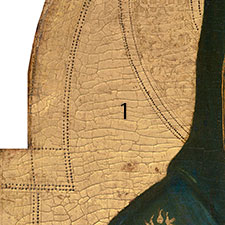
2 The blue-green drapery of Madonna: azurite with small amounts of malachite and a very rare blue-green mineral pigment mixite (oxide of copper, arsenic, and bismuth BiCu6(OH)6(AsO4)3 · 3 H2O).
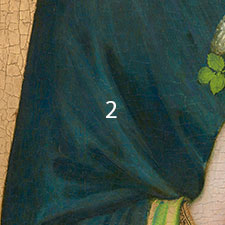
3 The yellow part of the drapery: lead-tin yellow.
4 The red part of the drapery: vermilion.
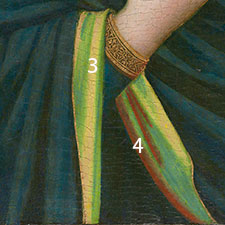
5 Flesh paint: green earth and vermilion.
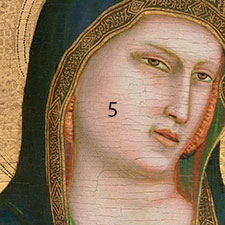
References
(1) Barbara H. Berrie, Marco Leona and Richard McLaughlin, Unusual pigments found in a painting by Giotto (c. 1266-1337) reveal diversity of materials used by medieval artists, Herit Sci (2016) 4:1 DOI 10.1186/s40494-016-0070-9. Available as pdf.
(2) Barbara H Berrie; John K Delaney; Joanna R Dunn; Lisha Deming Glinsman, The creation of Giotto’s “Madonna and Child”: new insights, Facture / National Gallery of Art. 2.2015, 2-17.
Pigments Used in This Painting
Resources
Videos
Video: 'Giotto: A collection of 131 works (HD)' by LearnFromMasters
Video: 'Giotto: Colors of Medieval Europe' by Faces of Ancient Europe
Publications and Websites
Publications
(1) Barbara H. Berrie, Marco Leona and Richard McLaughlin, Unusual pigments found in a painting by Giotto (c. 1266-1337) reveal diversity of materials used by medieval artists, Herit Sci (2016) 4:1 DOI 10.1186/s40494-016-0070-9. Available as pdf.
(2) Reconstruction of Giotto di Bondone’s ‘Madonna and Child, Art Conservation Department of the University of Delaware.
(3) Barbara H Berrie; John K Delaney; Joanna R Dunn; Lisha Deming Glinsman, The creation of Giotto’s “Madonna and Child”: new insights, Facture / National Gallery of Art. 2.2015, 2-17.

